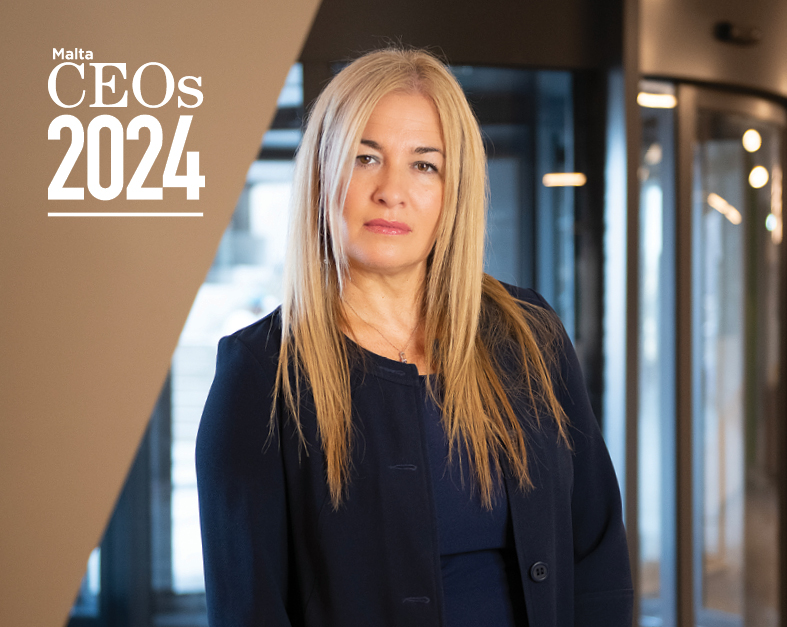This article is the final one in a series of three focused on influence and networks. In the first article, we identified how to map out your professional network, followed by how to make networking enjoyable in the second article. In this third instalment, I’d like to focus on how to be strategic when building and creating a social network.
Several research studies show that professional networks lead to better business prospects, broader and deeper knowledge, improved capacity to innovate, faster advancement and greater status and authority. Building and nurturing professional relationships also improves the quality of work and enhances job satisfaction.
It is surely worth being mindful about network effectively. Creating a ‘wish list’ of people that you would like to connect with is a great starting point. Your list could include other senior leaders in reputable organisations, recognised experts in the field or thought leaders. By conducting a short self-assessment to gauge the strength of your network, you can identify where you may need to focus your efforts. Once you are set on being purposeful about your network, look for opportunities on how you can strengthen your ties.
But what is the best way to do that? Simply collecting business cards and attending events may expand your number of contacts, but does not necessarily increase the likelihood that those contacts will benefit you in the future. To reap the benefits of networking when you need them, you must know how to make your network work for you, and how you can work for your network. Here are some suggestions on how you can maximise your networking endeavours.
- Seize the moment to give and receive
A number of business professionals associate having a good network with having a large database of contacts, or attending high-profile professional conferences and events. This can surely be a step in the right direction, yet it doesn’t stop there. A key step that follows is keeping the professional relationship alive with a call. Instead of waiting for some need to arise to touch base, it is far more effective to seize the moment to connect again at the first opportunity. The best networkers take every opportunity to give to, and receive from, the network, whether they need help or not.
A network thrives when it is active. A good way to begin is to make a simple request or take the initiative to offer something beneficial to your contact. A small gesture can get the ball rolling and builds confidence that you have something to contribute. Seek to create win-win situations. The goal is to build a long-term relationship that’s positive and professional for both parties.
- Be a connector
How about connecting two people who would benefit from meeting each other? You don’t always have to gain something concrete in a networking relationship. If you can introduce people who can benefit from one another, it can be effective and meaningful. You can build a stronger rapport with multiple people, and you never know where it might lead.
- Stay at it
We might be initially excited and eager at staying in touch with our network, only to find ourselves getting derailed by other demands in our role, which push networking to the bottom of our agenda. The issue is that when we lose touch with our counterparts, we might be potentially missing out on resourceful information and useful insights from the network. It is worth putting effort into sustaining the relationship. After you choose the right people to network with, remember to stay in contact with them. People often appreciate follow-ups and quick check-ins more than you realise. Keep in mind that building a leadership network is less a matter of skill and more of will.
Networking is an important function in a leadership role, and this is why it is beneficial to allocate enough time and effort to see it pay off. Seek to add value and check your balance in your relationships – givers versus takers. Remember to invest in your network before you need it. Think beyond a current need. Focus on becoming known and trusted by seeking to build long-lasting relationships that are beneficial to both parties. Networking effectively augurs well for a brighter future!
Michelle Fenech Seguna is the Founder and Director of Speak to Move, offering professional training programmes which enable participants to communicate confidently and present powerfully in business and social situations. Michelle is based in Malta, where she offers executive coaching and corporate group training. To know more about Speak to Move services you can reach Michelle Fenech Seguna on [email protected] or accesswww.speaktomove.com.mt for more information.
How to prioritise tasks when everything is important
Effective prioritisation can help establish the areas of focus that really matter.
Why active listening makes people better leaders
Being a good listener is considered among the most important leadership skills.
Leaders, what is your relationship with ‘rest’?
Understanding our attitudes and behaviours around rest can empower us to learn how to rest in a way that prevents ...
Say goodbye to your 60-hour work week
7 tips to stop business leaders from overworking.











